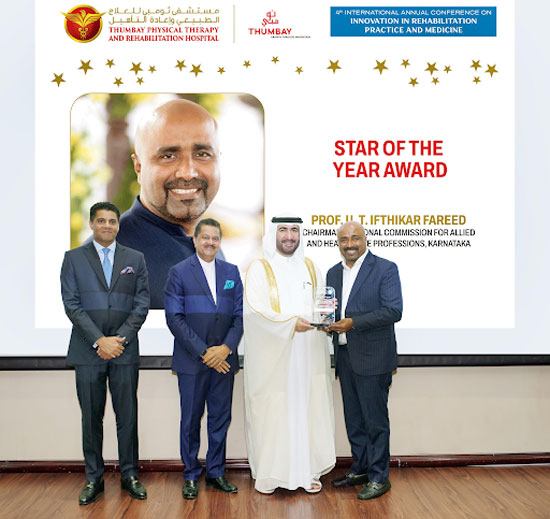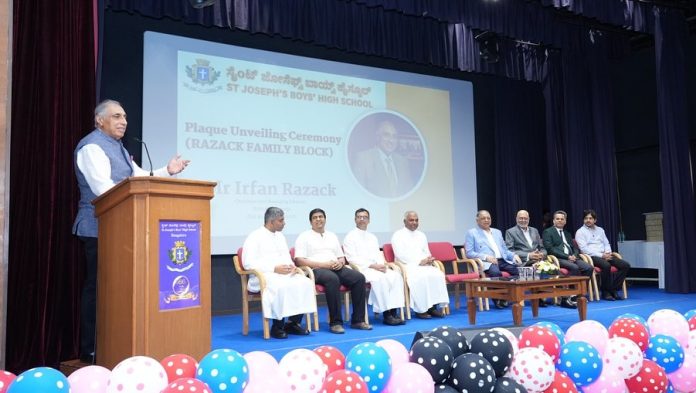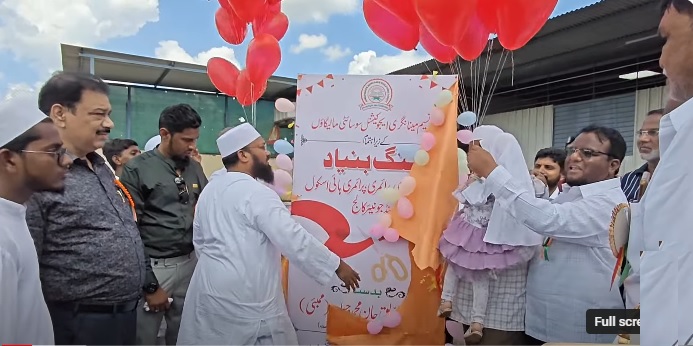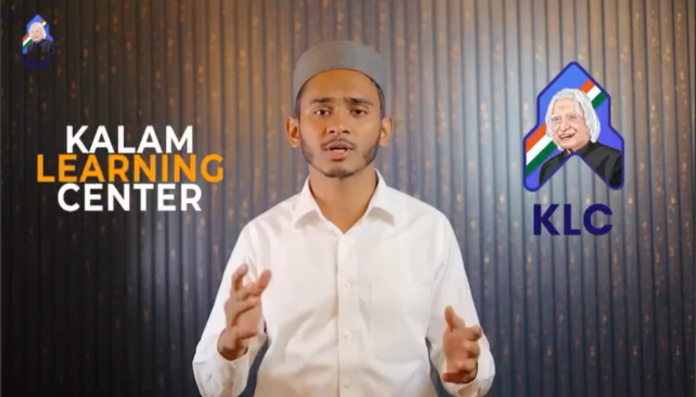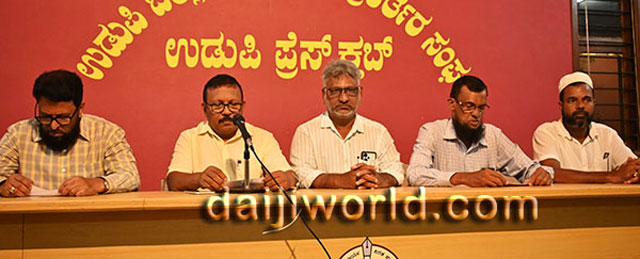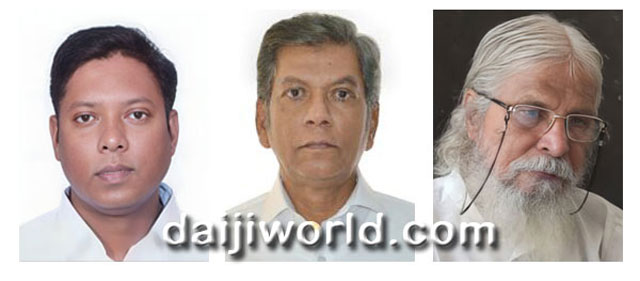ASSAM / New Jersery, U.S.A :

Amidst the joy of the Durga Puja festival, the news of an Assamese young researcher in the United States hitting a major success had doubled the happiness of the people across the State.
Rahul Islam a researcher at the Stevens Institute of Technology in Hoboken, New Jersey, has developed a mobile app that can identify people suffering from depression. The app can scan a person’s face and eyes to decode the state of his brain.
Rahul Islam, a native of Assam, is an important part of the research led by a senior professor at the university. He hails from the Radhakuchi village in the Karra area of Baihata Chariali in the Kamrup district.
Rahul Islam graduated in Computer Science Engineering from the Indian Institute of Information Technology (IIT), Guwahati, and left for the USA. received a scholarship to fulfill his dream of pursuing higher studies. Rahul Islam is researching under Senior Professor Sang Won Bae at one of the oldest universities in the United States established in the 1870s.

Rahul Islam, son of Golmahmud Ali and Sulema Begum, spent his childhood and adolescence outside the home.
Golmahmood Ali was a Central Reserve Police Force (CRPF) soldier.
Rahul attended several Kendriya Vidyalayas in India till higher secondary due to his father’s job that took the family across India. Rahul Islam passed his matriculation and higher secondary examinations from Dimapur Kendriya Vidyalaya.
Rahul topped the North East with 97% marks in the 2010 High School Leaving Certificate Examination.
In an interview with Awaz-The Voice, Rahul Islam’s father Golmahmood Ali said; “Rahul was a keen reader since childhood. He spent most of the day reading books. As a father, I am very happy and proud today. I have a daughter. Rahul is older, my daughter is younger Every year, Rahul comes home in December and returns to the United States in January.”
It is worth mentioning that depression is currently recognized as a silent killer of human society and a serious threat to mental stability. Identifying depressed people at an early stage is essential to free them. This can be done to identify such patients at an early stage. However, in reality, it is difficult to identify such patients in the early stages.
This is because people who suffer from depression do not want their inner turmoil to be expressed and do not allow it to be reflected on their faces.
Researchers at the Stevens Institute of Technology have developed two mobile apps that can scan a person’s face and eyes to detect depression. Both apps use artificial intelligence (AI). The first app detects brain functioning by scanning subtle changes in the size of the eyeballs that happensto a patient suffering from depression.
A second app, FacePsy, identifies such patients by studying the person’s emotional state through changes in facial muscle movement and brain posture. The innovative discovery of the son of Assam has already been published in various scientific journals in the United States as well as in the national media of India.
source: http://www.awazthevoice.in / Awaz, The Voice / Home> Story / by Ariful Islam, Guwahati / October 19th, 2024
